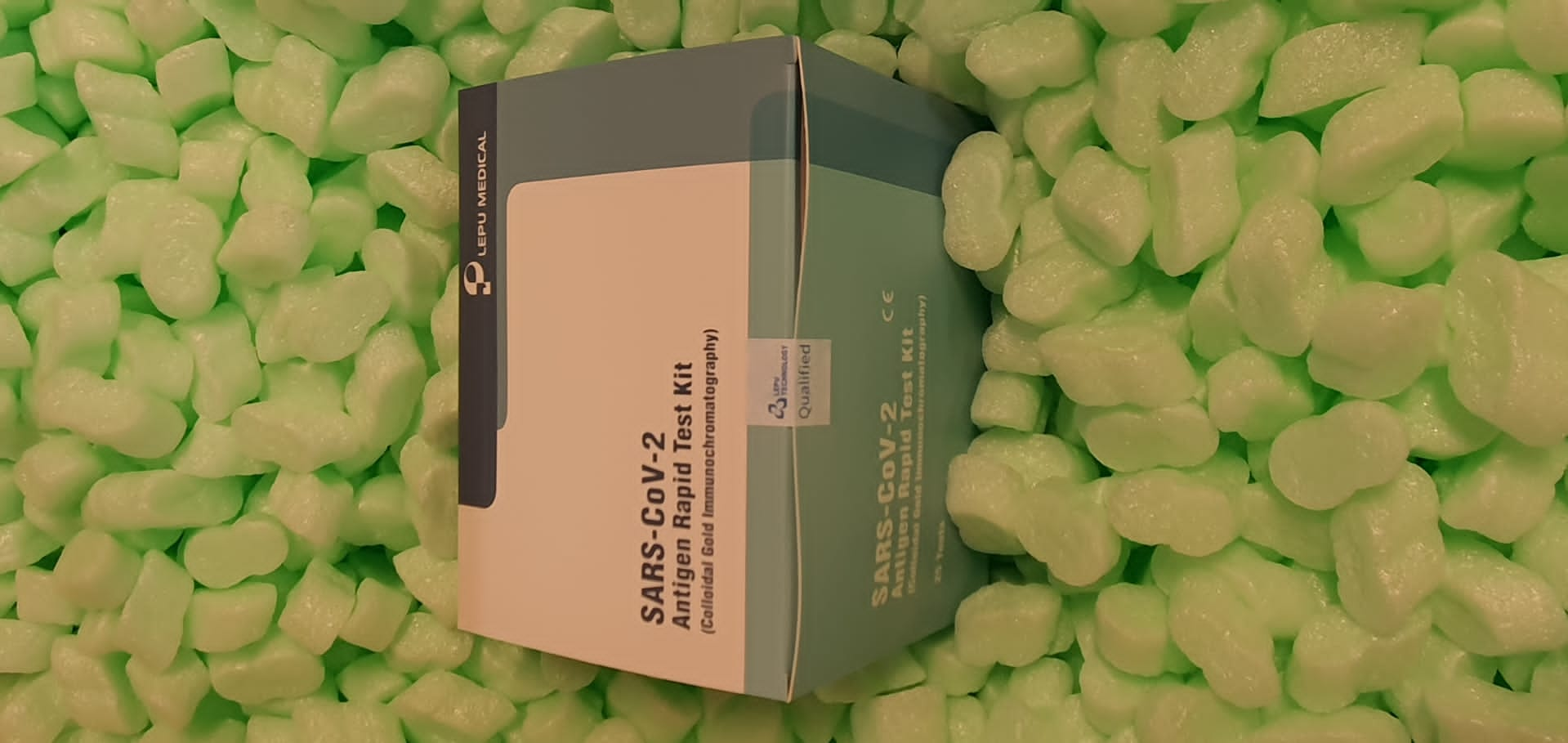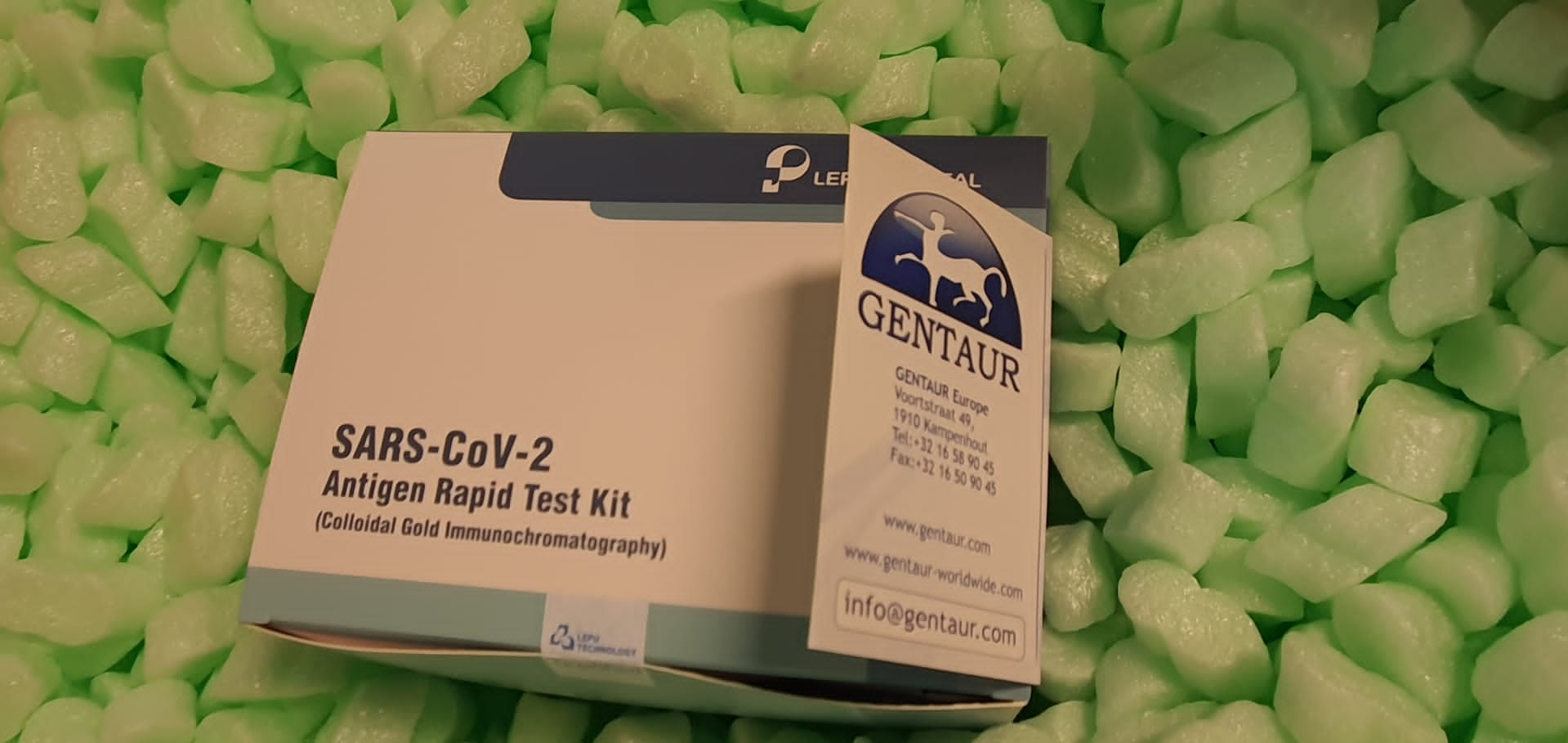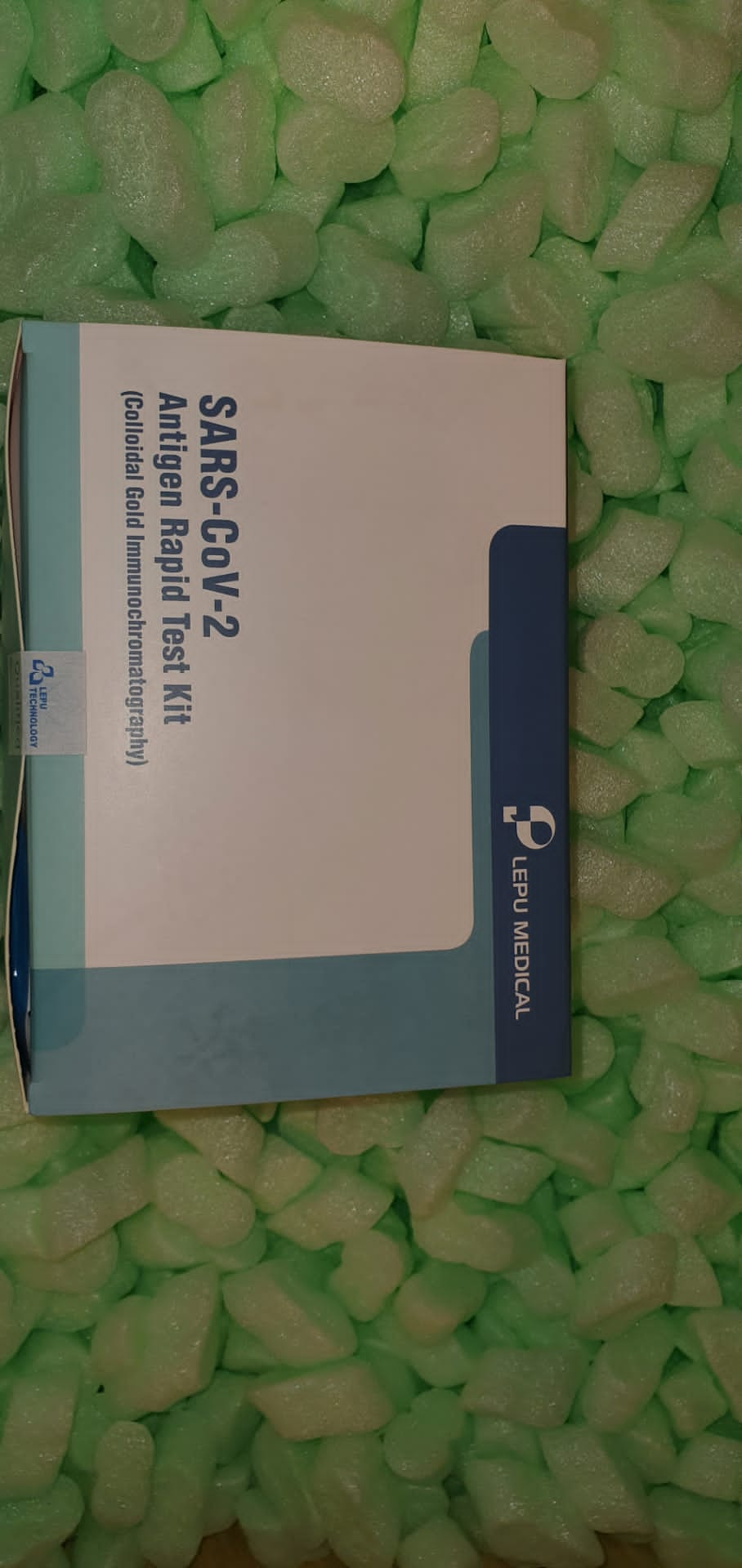Prolonged Unfrozen Storage and Repeated Freeze-Thawing of SARS-CoV-2 Patient Samples Have Minor Effects on SARS-CoV-2 Detectability by RT-PCR
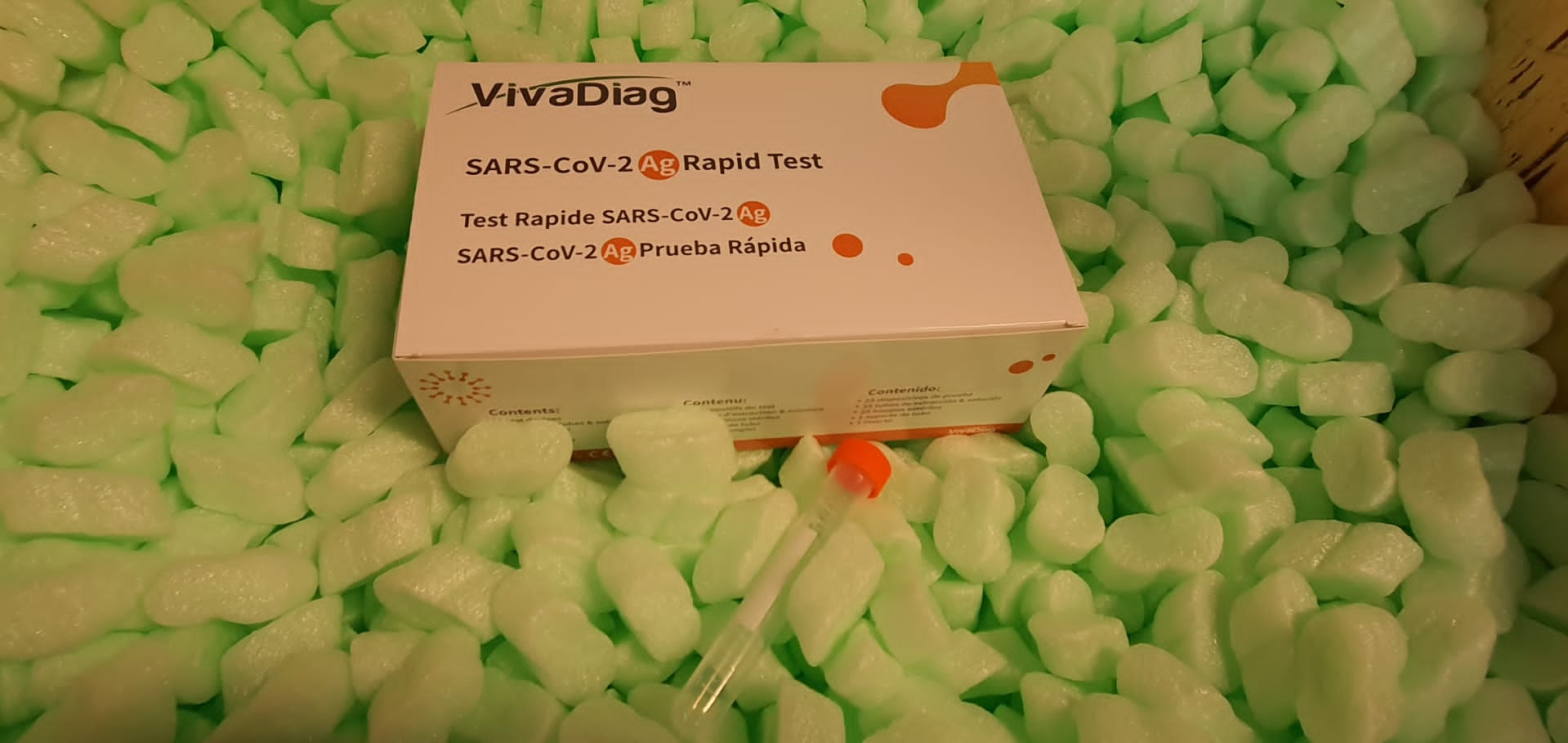
Dependable transportation of SARS-CoV-2 affected person samples from a swabbing station to a diagnostics facility is crucial for the era of correct outcomes. Due to this fact, cooling or freezing the samples is beneficial in case of longer transportation instances. On this research, the influence on SARS-CoV-2 detectability by reverse transcriptase polymerase chain response (RT-PCR) was assessed after extended unfrozen storage or repetitive freeze-thawing of SARS-CoV-2 samples. SARS-CoV-2 constructive affected person swabs saved in viral transport medium (VTM) had been uncovered to completely different temperatures and to repetitive freeze-thawing, to evaluate the impact of storage circumstances on RT-PCR detection. SARS-CoV-2 RNA was nonetheless reliably detected by RT-PCR after 21 days of storage in VTM, even when the samples had been saved at 35°C.
The change of Ct-value per day was 0.023-0.046. Moreover, viral RNA was nonetheless detected after 15 freeze-thaw cycles with a change of Ct worth of 0.106-0.197 per freeze-thaw cycle. Nevertheless, in comparison with storage at 4°C, RNA was considerably much less detectable when saved at 25°C or 35°C, or after repeated freeze-thawing. The outcomes of this research point out that viral RNA ranges, as measured by RT-PCR assays, are considerably, however not considerably, altered by extended unrefrigerated storage of as much as 21 days at temperatures ranging as much as 35°C or after repeated freeze-thaw cycles.
The purpose of this on-line workshop is to familiarize biomedical schools college students with the precept of RT-PCR methodology. The next assumption is made, college students taking part within the workshop: are already aware of the precept of PCR response, can distinguish PCR from RT-PCR, know the essential potentialities of utilizing the above strategies. Through the on-line workshop individuals are purported to study the interpretation of PCR and RT-PCR outcomes and to know the essential significance of controlling the response circumstances.
The workshop includes lively college students’ studying, essential evaluation of the information, group dialogue, brainstorming methodology, involvement of e-tools resembling pool in every single place or e-learning platforms, in addition to decoding the real-life instance outcomes that permits placing the subject within the correct future work-related duties. The ultimate a part of the workshop focuses on the evaluation of the RT-PCR outcomes carried out in an effort to affirm or exclude the presence of the SARS-CoV-2 genome in probably contaminated people. The scholars are anticipated to see the sensible/work-related a part of the information gained through the workshop.
Growth of TaqMan-based real-time RT–PCR assay based mostly on N gene for the quantitative detection of feline morbillivirus
Morbilliviruses are categorized underneath the household of Paramyxoviridae and have been related to extreme illnesses, resembling Peste des petits ruminants, canine distemper and measles with proof of excessive morbidity and/or may trigger main financial loss in manufacturing of livestock animals, resembling goats and sheep. Feline morbillivirus (FeMV) is among the members of Morbilliviruses that has been alleged to trigger power kidney illness in cats though a particular relationship continues to be unclear. To this point, FeMV has been detected in a number of continents, resembling Asia (Japan, China, Thailand, Malaysia), Europe (Italy, German, Turkey), Africa (South Africa), and South and North America (Brazil, Unites States).
This research goals to develop a TaqMan real-time RT-PCR (qRT-PCR) assay concentrating on the N gene of FeMV in medical samples to detect early section of FeMV an infection. The TaqMan-based real-time RT-PCR assay concentrating on the N gene described on this research is extra delicate, particular, fast, and reproducible in comparison with the traditional RT-PCR assay concentrating on the N gene, which could possibly be used to detect early an infection in cats. To judge the efficiency of the Hologic Panther Fusion Respiratory Assays (RA) in comparison with the GenMark ePlex Respiratory Pathogen Panel (RPP) and to evaluate the power of the Panther Fusion to carry out parallel testing of SARS-CoV-2 and different respiratory viruses from a single pattern.
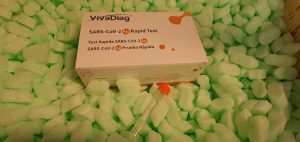
A Easy RT–PCR Melting temperature Assay to Quickly Display screen for Extensively Circulating SARS-CoV-2 Variants
The emergence of extra transmissible SARS-CoV-2 variants in the UK (B.1.1.7), South Africa (B1.351) and Brazil (P.1) requires a vigorous public well being response, together with actual time pressure surveillance on a world scale. Though new SARS-CoV-2 variants might be most precisely recognized by genomic sequencing, this strategy is time consuming and costly. A easy and extra fast display screen for the important thing SARS-CoV-2 mutations that outline variant strains is required. We developed a easy, fast and high-throughput reverse-transcriptase PCR (RT-PCR) melting temperature assay that identifies the SARS-CoV-2 N501Y mutation, a key mutation which is current in all three identified variant strains of concern.
RT-PCR primers and two sloppy molecular beacon (SMB) probes had been designed to amplify and detect the SARS-CoV-2 N501Y (A23063T) mutation. One SMB was designed with a probe area that was complementary to the wild kind sequence (WT) and a second SMB was designed with a probe area that was complementary to the mutant (MT) sequence. Every SMB was labeled with a special fluorophore, and the assay was carried out in a single take a look at effectively. After RT-PCR, WT versus MT SARS-CoV-2 was recognized by a attribute shift within the melting temperature (Tm) of every SMB. The assay was then validated utilizing medical samples.

